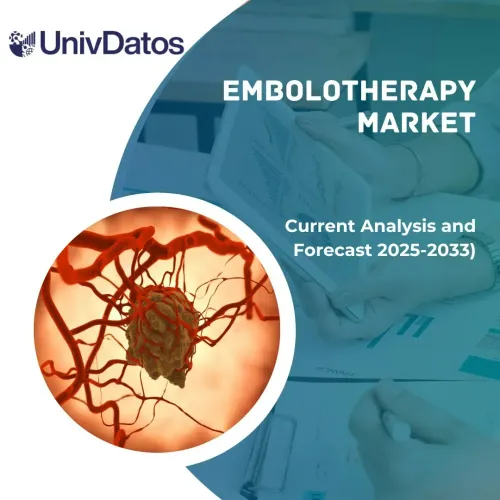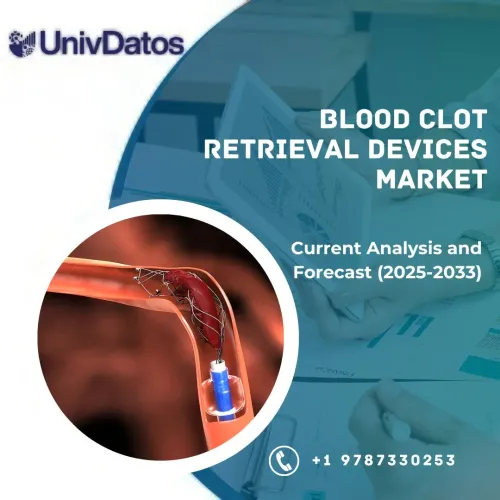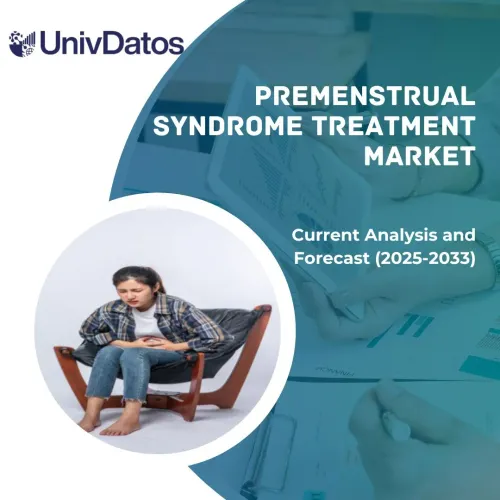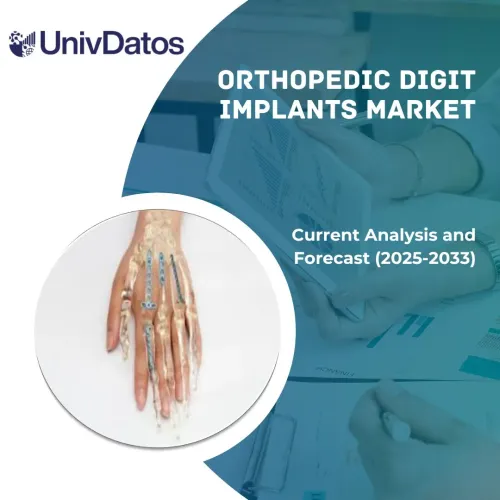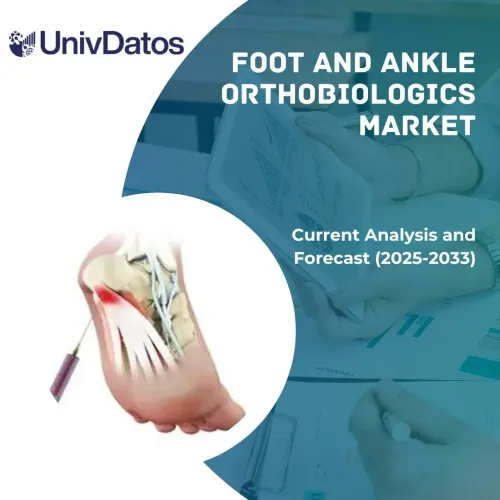- Home
- About Us
- Industry
- Services
- Reading
- Contact Us
Foot and Ankle Orthobiologics Market: Current Analysis and Forecast (2025-2033)
Emphasis on Product (Bone Morphogenic Protein, Demineralized Bone Matrix, Allograft, Synthetic Bone Graft Substitute, Stem Cell Therapy, Platelet-Rich Plasma (PRP), and Others); End-User (Hospitals, Ambulatory Surgical Centers, and Others); and Region/Country

Global Foot and Ankle Orthobiologics Market Size & Forecast
The Global Foot and Ankle Orthobiologics Market was valued at USD 750.21 million in 2024 and is expected to grow at a strong CAGR of around 7.5% during the forecast period (2025-2033F), driven by the rising prevalence of musculoskeletal disorders, sports injuries, and trauma cases requiring advanced regenerative treatments.
Foot and Ankle Orthobiologics Market Analysis
Foot and ankle orthobiologics is a specialized division of regenerative medicine dealing with the treatment of musculoskeletal conditions of the foot and ankle with biologically active substances. These products are aimed at improving the natural healing mechanisms of the body by stimulating the regeneration of bones and tissues. They are mainly used in orthopedic surgery for fractures, deformities, ligament tears, and joint degeneration. They offer the benefits of quicker healing, better surgical results, and lower the chances of complications compared to traditional grafts. The foot and ankle orthobiologics market is presently growing in a remarkable way owing to a number of driving factors. The escalating cases of musculoskeletal disorders, sporting injuries, trauma, and degenerative age-related conditions have led to a surge in the need to find a sound treatment option that supports quicker healing and functional recovery. Regenerative medicine technology has led to the use of bone morphogenic proteins, stem cell therapy, platelet-rich plasma, and synthetic bone graft substitutes as a new form of technology to improve the outcome of surgical procedures and orthopedic patient satisfaction, leading to the adoption of regenerative medicine by orthopedic surgeons.
Global Foot and Ankle Orthobiologics Market Trends
This section discusses the key market trends that are influencing the various segments of the global Foot and Ankle Orthobiologics market, as found by our team of research experts.
Use of biologics in combination with surgical implants for better outcomes
An emerging trend in the foot and ankle orthobiologics market is the combination of biologics and surgical implants to enhance healing and improve the outcomes of orthopaedic surgeries. Integrating biologic materials like platelet-rich plasma (PRP), stem cells, or growth factors with sophisticated fixation devices, scaffolds, or tendon repair systems accelerates tissue regeneration, reduces recovery time, and enhances the integration of an implant. The increasing clinical data on these adjuvant treatments is fueling usage among surgeons and expanding the foot and ankle orthobiologics market.
Foot and Ankle Orthobiologics Industry Segmentation
This section provides an analysis of the key trends in each segment of the global Foot and Ankle Orthobiologics market report, along with forecasts at the global, regional, and country levels for 2025-2033.
The Allografts segment dominates the Global Foot and Ankle Orthobiologics Market
Based on the product category, the market is categorised into bone morphogenic protein, demineralized bone matrix, allograft, synthetic bone graft substitute, stem cell therapy, platelet-rich plasma (PRP), and others. Among these, the allografts currently hold the largest market share because they have osteoinductive properties that induce the formation of new bone; thus, they are the most preferable when it comes to the treatment of orthopaedic procedures. Their dominance is also because of the improvement of processing methods that are dedicated to concerns regarding safety, which makes them more attractive in comparison with synthetic alternatives. However, the synthetic bone graft substitutes segment is expected to witness the fastest growth in the coming years, as they could bring multiple advantages, such as the lack of risk of spreading the disease, improvement of storage opportunities, and quality stability, which makes them more popular among surgeons, contributing to the further growth in investments in this product. For instance, in September 2024, NovaBone Products, one of the pioneers in synthetic bone graft technology, announced the introduction of its new MIS Delivery System with Tip. This new system was meant to provide the surgeons with a high level of control and reliability in delivering bone graft substitutes that are specifically suited to minimally invasive surgical (MIS) procedures.
The Hospitals segment dominates the Global Foot and Ankle Orthobiologics Market.
Based on the end-user category, the market is categorized into hospitals, ambulatory surgical centers, and others. Among these, the hospitals currently hold the largest market share because they have well-established infrastructure, have access to advanced surgical facilities, and are capable of leading complicated orthopedic procedures that need orthobiologics. Also, due to the increased inflow of patients, the capacity to conduct inpatient and outpatient surgeries has increased. However, the ambulatory surgical centers segment is expected to register faster growth in the coming years, because of the increasing preference for minimally invasive procedures, shorter recovery times, cost-effectiveness, and rising patient demand for outpatient surgical options in orthopedic care.

North America holds the largest market share in the global Foot and Ankle Orthobiologics market
North America held the dominant market share in the foot and ankle orthobiologics market due to its well-developed healthcare infrastructure, healthcare spending, and prevalence of orthopedic specialists. Musculoskeletal disorders, sports injuries, and age-related degenerative disorders are also highly prevalent in the region, which spurs the need for efficient regenerative treatments. For instance, in the year 2024, the WHO stated that in the USA, musculoskeletal diseases affect over 121 million people and account for the highest rate of disability among all disease groups, underscoring the need for targeted strategies. With this growing number of cases, the demand for efficient orthobiologics is also growing. Additionally, market penetration in North America is also enhanced by favorable reimbursement policies, established regulatory frameworks, and early adoption of the latest orthobiologic products, such as bone morphogenic proteins, allografts, and stem cell therapies. Moreover, rising patient knowledge and desire to undergo minimally invasive surgeries also play a role in making North America lead in the global market for orthobiologics in the field of foot and ankle surgery.
The United States held a Dominant share of the North America Foot and Ankle Orthobiologics Market in 2024
The United States dominated the North American foot and ankle orthobiologics market because it places high emphasis on orthopedic care and regenerative medicine. The need to treat fractures, injuries in ligaments, and degenerative joints effectively has increased the rate of utilization of biologics such as BMPs, allografts, and stem cell therapies. These products are widely used by well-established hospitals, ambulatory surgeries, and competent orthopedic surgeons. Further, effective research and development efforts by the major players in the market, a favorable regulatory environment, and positive insurance coverage of the biologic procedures help the U.S. to have the largest market share in the North American foot and ankle orthobiologics market. For instance, in October 2023, Orthofix Medical Inc., a U.S.-based company that is a leader in both the demineralized bone matrices (DBM) and cellular allograft markets, announced the 510k clearance and full commercial launch of OsteoCove™. This latest orthobiologics product is an advanced bioactive synthetic graft that provides superior bone-forming capabilities, leading to further advancements in the foot and ankle orthobiologics market.
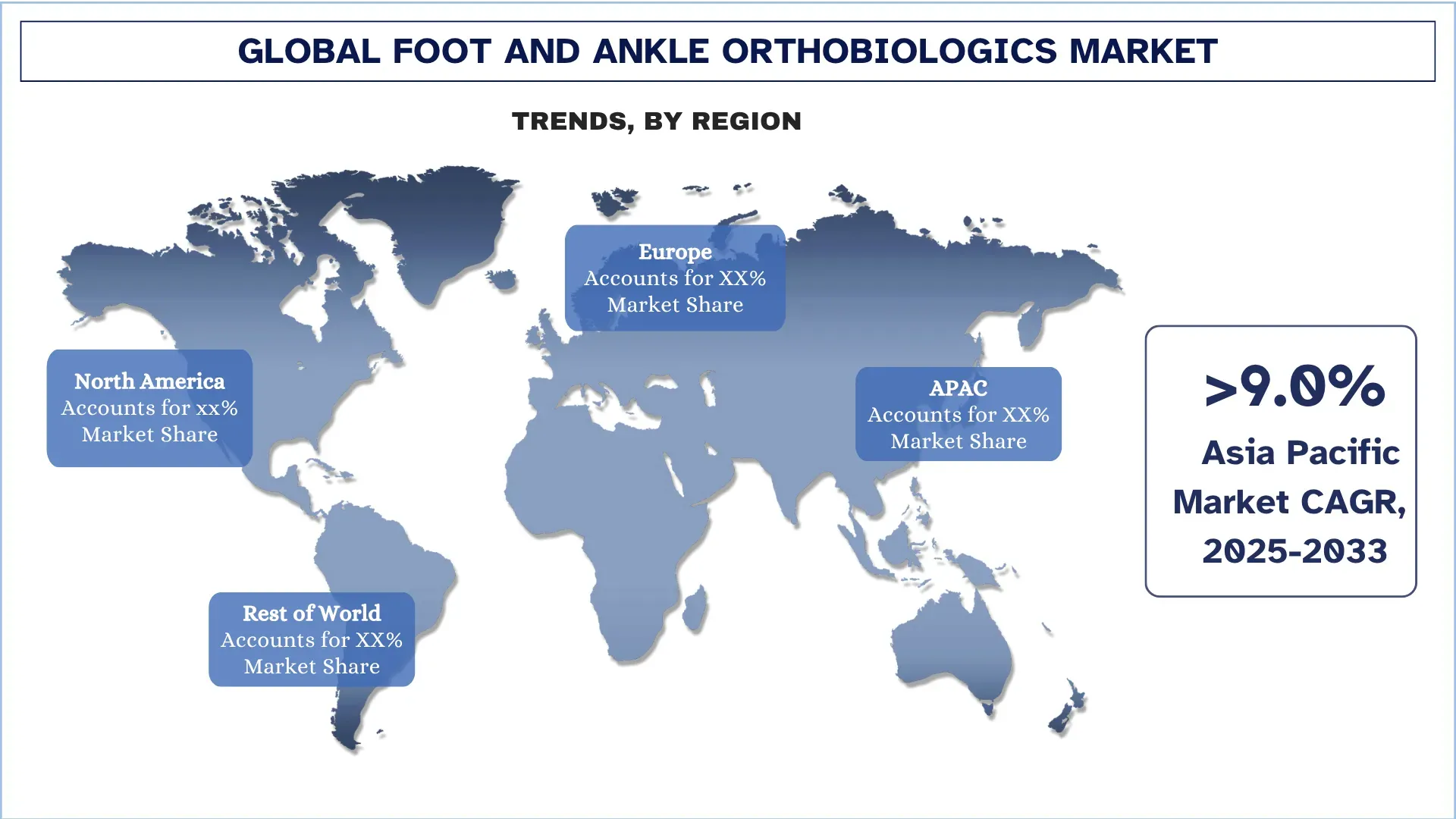
Foot and Ankle Orthobiologics Industry Competitive Landscape
The global foot and ankle orthobiologics market is competitive, with several global and international market players. The key players are adopting different growth strategies to enhance their market presence, such as partnerships, agreements, collaborations, geographical expansions, and mergers and acquisitions.
Top Foot and Ankle Orthobiologics Market Companies
Some of the major players in the market are Stryker, Arthrex, Inc., Globus Medical, Zimmer Biomet, Medtronic, Smith+Nephew, Orthofix Medical Inc., Exactech, Inc., Geistlich Pharma AG, and AlloSource.
Recent Developments in the Foot and Ankle Orthobiologics Market
In August 2024, Medline, which is a well-known medical solution company, providing orthobiologics for foot and ankle, announced the acquisition of the global surgical solutions business of Ecolab Inc. This strategic acquisition is expected to enhance Medline's capabilities and deepen its portfolio, bringing proven innovation, high-quality products, and expanded service offerings.
In January 2023, the American Orthopaedic Foot & Ankle Society® (AOFAS) and the Arthritis Foundation (AF) announced the opening of the first-ever AF/AOFAS Ankle Arthritis Think Tank Research Grants. The grants provided substantial funding to support innovative clinical research that advances knowledge toward treatments to stop or slow ankle osteoarthritis.
Global Foot and Ankle Orthobiologics Market Report Coverage
Report Attribute | Details |
Base year | 2024 |
Forecast period | 2025-2033 |
Growth momentum | Accelerate at a CAGR of 7.5% |
Market size 2024 | USD 750.21 million |
Regional analysis | North America, Europe, APAC, Rest of the World |
Major contributing region | The Asia-Pacific region is expected to dominate the market during the forecast period. |
Key countries covered | U.S., Canada, Germany, U.K., Spain, Italy, France, China, Japan, and India. |
Companies profiled | Stryker, Arthrex, Inc., Globus Medical, Zimmer Biomet, Medtronic, Smith+Nephew, Orthofix Medical Inc., Exactech, Inc., Geistlich Pharma AG, and AlloSource. |
Report Scope | Market Trends, Drivers, and Restraints; Revenue Estimation and Forecast; Segmentation Analysis; Demand and Supply Side Analysis; Competitive Landscape; Company Profiling |
Segments Covered | By Product, By End-user, and By Region/Country |
Reasons to Buy the Foot and Ankle Orthobiologics Market Report:
The study includes market sizing and forecasting analysis confirmed by authenticated key industry experts.
The report briefly reviews overall industry performance at a glance.
The report covers an in-depth analysis of prominent industry peers, primarily focusing on key business financials, type portfolios, expansion strategies, and recent developments.
Detailed examination of drivers, restraints, key trends, and opportunities prevailing in the industry.
The study comprehensively covers the market across different segments.
Deep dive regional level analysis of the industry.
Customization Options:
The global Foot and Ankle Orthobiologics market can further be customized as per the requirements or any other market segment. Besides this, UnivDatos understands that you may have your own business needs; hence, feel free to contact us to get a report that completely suits your requirements.
Table of Content
Research Methodology for the Global Foot and Ankle Orthobiologics Market Analysis (2023-2033)
We analyzed the historical market, estimated the current market, and forecasted the future market of the global foot and ankle orthobiologics market to assess its application in major regions worldwide. We conducted exhaustive secondary research to gather historical market data and estimate the current market size. To validate these insights, we carefully reviewed numerous findings and assumptions. Additionally, we conducted in-depth primary interviews with industry experts across the foot and ankle orthobiologics value chain. After validating market figures through these interviews, we used both top-down and bottom-up approaches to forecast the overall market size. We then employed market breakdown and data triangulation methods to estimate and analyze the market size of industry segments and sub-segments.
Market Engineering
We employed the data triangulation technique to finalize the overall market estimation and derive precise statistical numbers for each segment and sub-segment of the global foot and ankle orthobiologics market. We split the data into several segments and sub-segments by analyzing various parameters and trends, including product, end-user, and regions within the global foot and ankle orthobiologics market.
The Main Objective of the Global Foot and Ankle Orthobiologics Market Study
The study identifies current and future trends in the global foot and ankle orthobiologics market, providing strategic insights for investors. It highlights regional market attractiveness, enabling industry participants to tap into untapped markets and gain a first-mover advantage. Other quantitative goals of the studies include:
Market Size Analysis: Assess the current and forecast market size of the global foot and ankle orthobiologics market and its segments in terms of value (USD).
Foot and Ankle Orthobiologics Market Segmentation: Segments in the study include areas of product, end-user, and region.
Regulatory Framework & Value Chain Analysis: Examine the regulatory framework, value chain, customer behavior, and competitive landscape of the foot and ankle orthobiologics industry.
Regional Analysis: Conduct a detailed regional analysis for key areas such as Asia Pacific, Europe, North America, and the Rest of the World.
Company Profiles & Growth Strategies: Company profiles of the foot and ankle orthobiologics market and the growth strategies adopted by the market players to sustain the fast-growing market.
Frequently Asked Questions FAQs
Q1: What is the global foot and ankle orthobiologics market’s current market size and growth potential?
As of 2024, the global foot and ankle orthobiologics market is valued at USD 750.21 million and is projected to grow at a compound annual growth rate (CAGR) of 7.5% from 2025 to 2033. This strong growth reflects increasing demand for regenerative orthopedic treatments and advanced biologic solutions for foot and ankle repair
Q2: Which segment has the largest share of the global foot and ankle orthobiologics market by product category?
The allograft segment currently holds the largest market share in the global foot and ankle orthobiologics market. Its dominance is attributed to its wide availability, biocompatibility, and growing use in bone and tendon reconstruction procedures.
Q3: What are the driving factors for the growth of the global foot and ankle orthobiologics market?
Top growth drivers of the foot and ankle orthobiologics market include:
• Increasing cases of musculoskeletal disorders, sports injuries, and trauma-related conditions
• Rising preference for minimally invasive orthopedic procedures
• Growing awareness and adoption of regenerative biologic therapies among patients and healthcare professionals.
Q4: What are the emerging technologies and trends in the global foot and ankle orthobiologics market?
Emerging trends in the foot and ankle orthobiologics market include:
• Increasing use of 3D-printed and patient-specific grafts for personalized treatment
• Integration of biologics with surgical implants to improve healing outcomes and recovery rates. These innovations are driving advancements in regenerative foot and ankle care worldwide.
Q5: What are the key challenges in the global foot and ankle orthobiologics market?
Key challenges in the foot and ankle orthobiologics market include:
• The high cost of orthobiologic products and procedures, which limits patient accessibility
• Stringent regulatory approvals and varying global standards for biologic materials
Q6: Which region dominates the global foot and ankle orthobiologics market?
North America leads the global foot and ankle orthobiologics market due to a strong healthcare infrastructure, growing investments in regenerative medicine, and high awareness of advanced biologic and orthopedic treatment options.
Q7: Who are the key competitors in the global foot and ankle orthobiologics market?
Top players in the foot and ankle orthobiologics industry include:
• Stryker
• Arthrex, Inc.
• Globus Medical
• Zimmer Biomet
• Medtronic
• Smith+Nephew
• Orthofix Medical Inc.
• Exactech, Inc.
• Geistlich Pharma AG
• AlloSource
Q8: What are the key investment opportunities in the global foot and ankle orthobiologics market?
The global foot and ankle orthobiologics market offers strong investment potential in areas such as stem cell-based therapies, 3D-printed biologic grafts, and bioactive scaffolds. Increasing R&D collaboration between medical device manufacturers and biotech companies is driving innovation.
Q9: What regulatory and reimbursement factors influence the adoption of foot and ankle orthobiologic products?
The adoption of foot and ankle orthobiologic products is significantly influenced by stringent regulatory frameworks, including FDA and CE approvals, which ensure product safety and efficacy. Additionally, favorable reimbursement policies for biologic procedures in developed markets are accelerating market penetration.
Related Reports
Customers who bought this item also bought



